Growth in Renewable Energy Sector
The Vacuum Grease Market is poised for growth due to the increasing investments in renewable energy technologies. Wind turbines and solar panels require specialized lubrication to ensure optimal performance and longevity. As countries commit to reducing carbon emissions, the demand for renewable energy solutions is expected to rise significantly. Reports suggest that the renewable energy market could reach USD 2 trillion by 2025. This trend indicates a growing need for vacuum grease that can withstand extreme conditions, thereby driving the Vacuum Grease Market forward as manufacturers adapt to these evolving requirements.
Rising Demand in Semiconductor Industry
The Vacuum Grease Market experiences a notable surge in demand driven by the semiconductor sector. As the production of semiconductors intensifies, the need for high-performance vacuum grease becomes paramount. This grease is essential for maintaining the integrity of vacuum systems used in semiconductor fabrication processes. The market for semiconductors is projected to reach USD 1 trillion by 2030, indicating a robust growth trajectory. Consequently, the Vacuum Grease Market is likely to benefit from this expansion, as manufacturers seek reliable lubrication solutions to enhance operational efficiency and equipment longevity.
Increasing Focus on Equipment Maintenance
The Vacuum Grease Market is benefiting from an increasing focus on equipment maintenance across various sectors. Industries are recognizing the importance of regular maintenance to prevent equipment failure and extend operational life. Vacuum grease plays a vital role in this maintenance strategy, ensuring that vacuum systems operate smoothly and efficiently. As organizations invest more in preventive maintenance programs, the demand for high-quality vacuum grease is likely to grow. This trend indicates a promising outlook for the Vacuum Grease Market, as manufacturers align their offerings with the evolving needs of maintenance-conscious industries.
Expansion of Aerospace and Defense Applications
The Vacuum Grease Market is significantly influenced by the expansion of aerospace and defense applications. As the aerospace sector continues to innovate, the demand for high-quality vacuum grease is likely to increase. This grease is critical for ensuring the reliability of various components in aircraft and spacecraft, where performance and safety are non-negotiable. The aerospace market is projected to grow at a CAGR of 4.5% through 2030, which may lead to heightened demand for specialized lubricants. Consequently, the Vacuum Grease Market stands to gain from this upward trend as manufacturers cater to the stringent requirements of this sector.
Technological Innovations in Lubrication Solutions
The Vacuum Grease Market is witnessing a wave of technological innovations that enhance the performance of lubrication solutions. Advances in formulation chemistry are leading to the development of vacuum greases with superior thermal stability and lower volatility. These innovations are crucial for applications in high-temperature environments, where traditional greases may fail. As industries increasingly prioritize efficiency and reliability, the demand for advanced lubrication solutions is expected to rise. This trend suggests that the Vacuum Grease Market will continue to evolve, driven by the need for cutting-edge products that meet the challenges of modern applications.


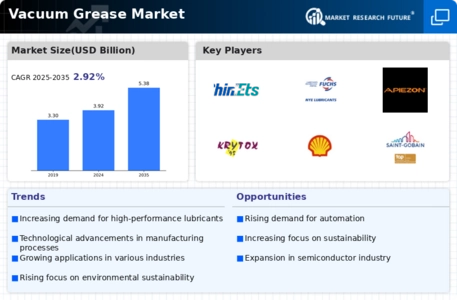
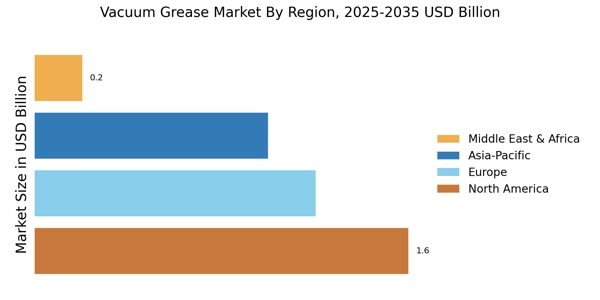
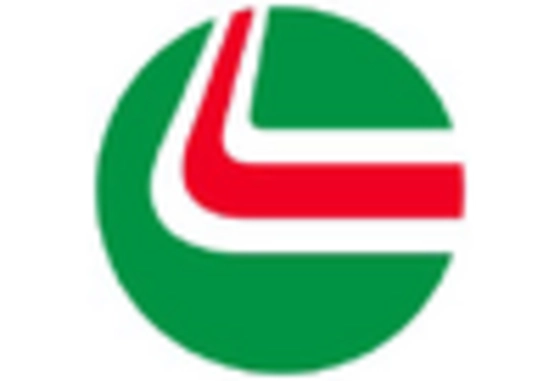
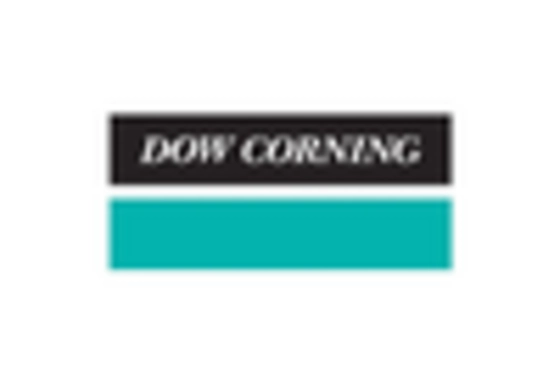
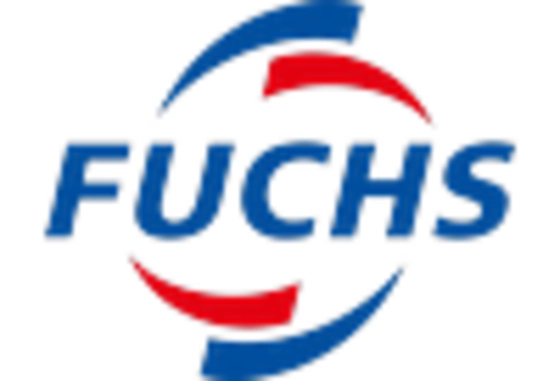
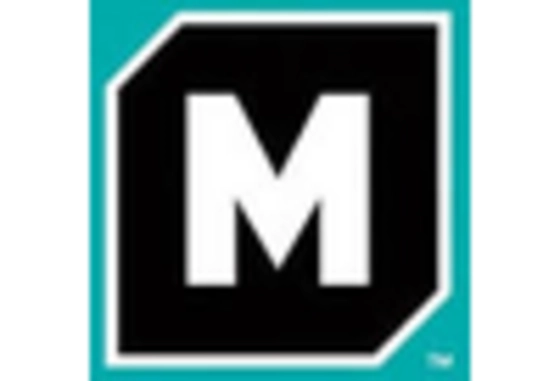
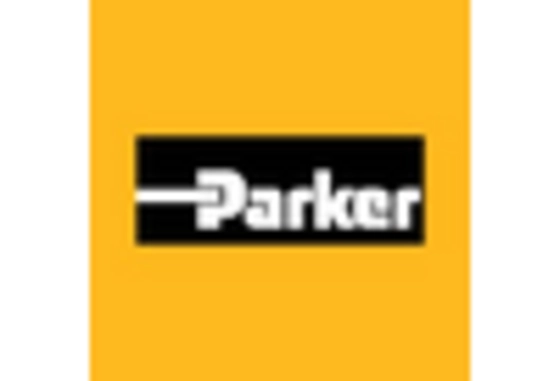
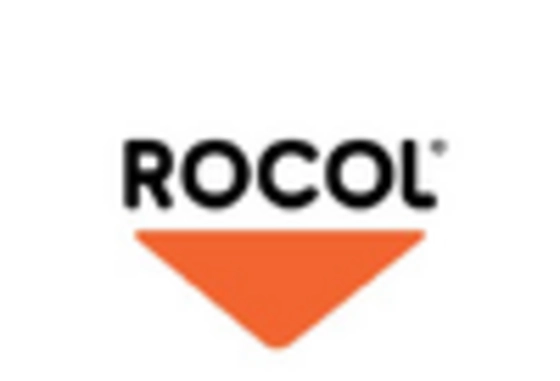








Leave a Comment